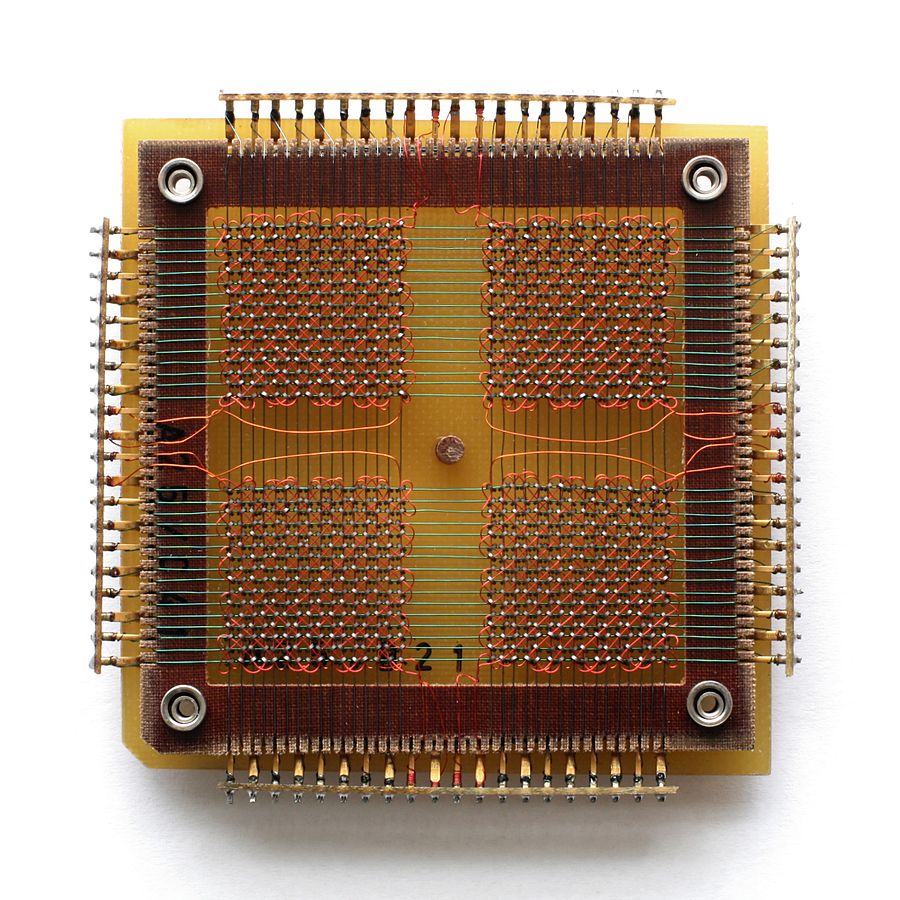Indulging my interest in high tech, let's consider some recent news items on that theme.
 |
| At the core of the matter :-) |
We'll start with the teaser that "
Intel and Micron Announce 'Revolutionary' Mystery Memory." Most everything these industry leaders have to say generally merits attention -- but when they talk about "a new form of nonvolatile memory that the companies say is 1000 times speedier than NAND Flash and ten times denser than DRAM," one really should take notice. I look forward to hearing more about the new technology -- and how (assuming it progresses to the product stage) it will impact computer architectures.
From the tiny domain of modern microelectronics, let's turn to the vast realm of space. Regarding the latter, a Canadian firm has proposed a new type of space elevator.
 |
| First step is a doozie |
Traditionally (and here I quote myself from "Alien Adventures: Rising to the Challenge," in the October 2015 issue of
Analog), a space elevator is "just what it sounds. Rather than rocket into space -- carrying fuel to carry the fuel to carry yet more fuel ... to carry a comparatively tiny payload -- creep up a long cable in an elevator car. The elevator ride will take days, not minutes, but it will be far more economical, and far more environmentally friendly, than rocketry. First proposed in 1895, the space-elevator concept was popularized by Arthur C. Clarke in his 1979 novel,
The Fountains of Paradise."




































